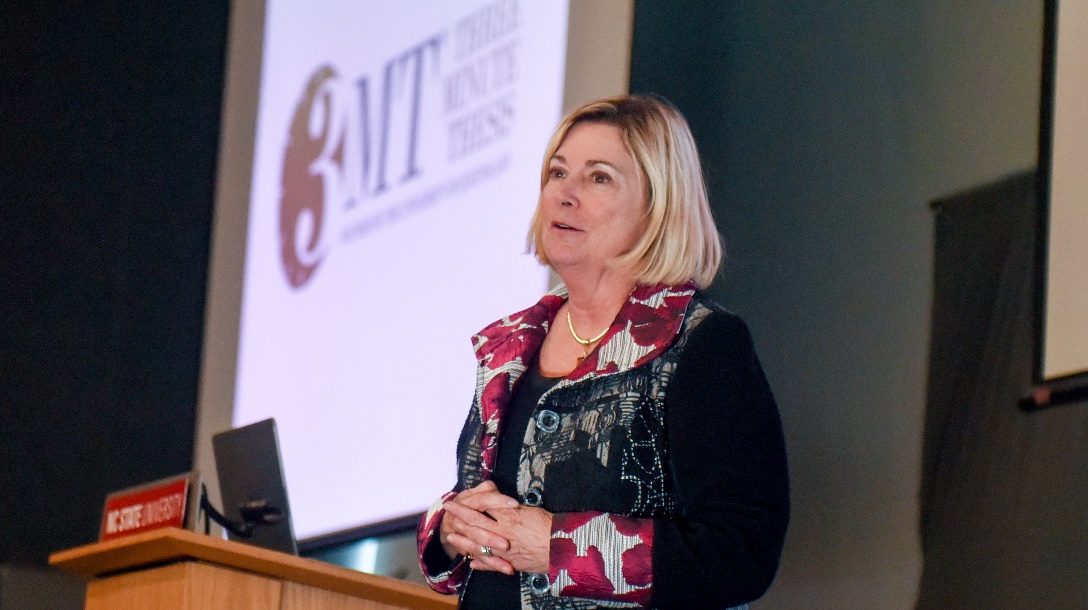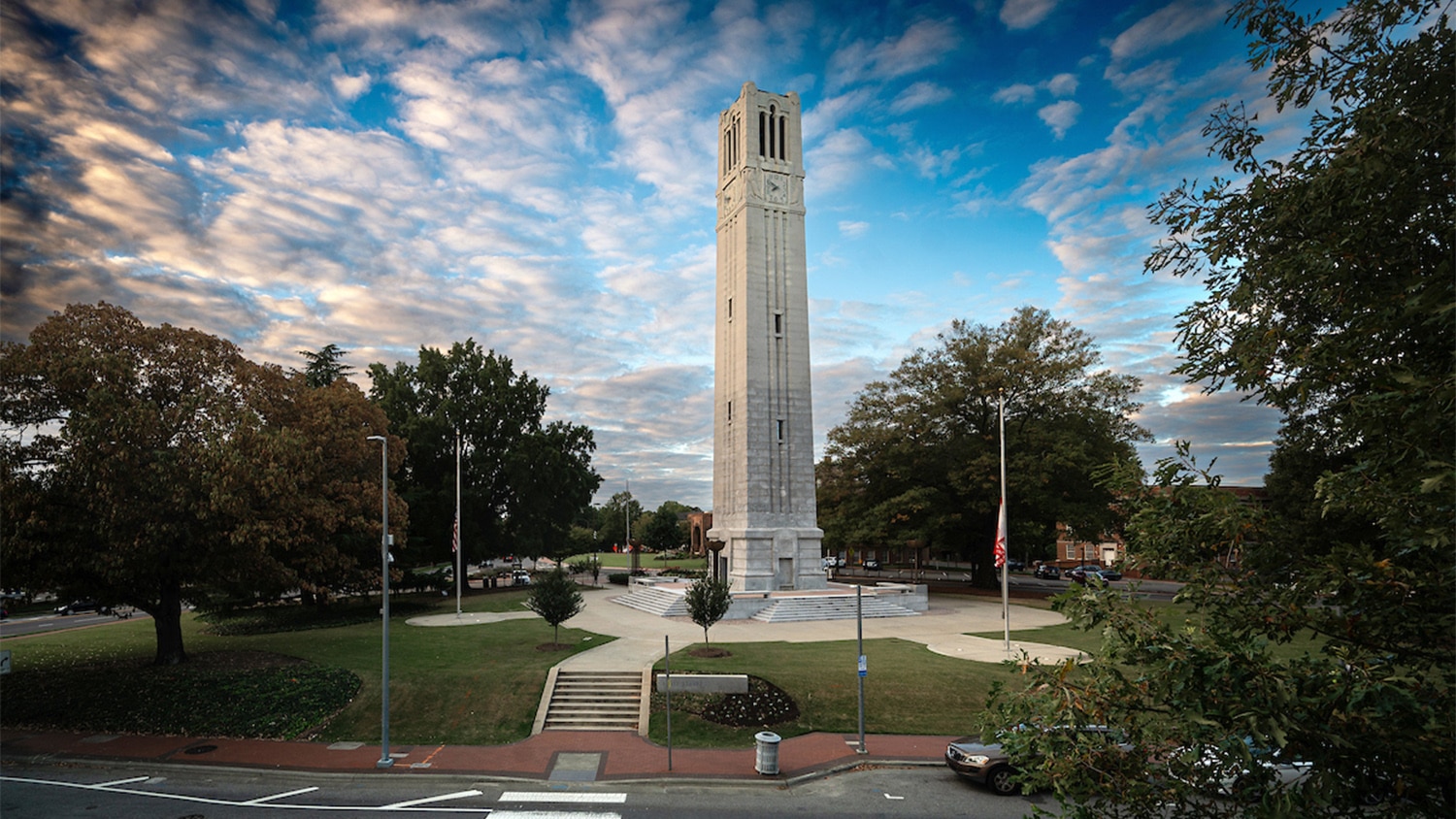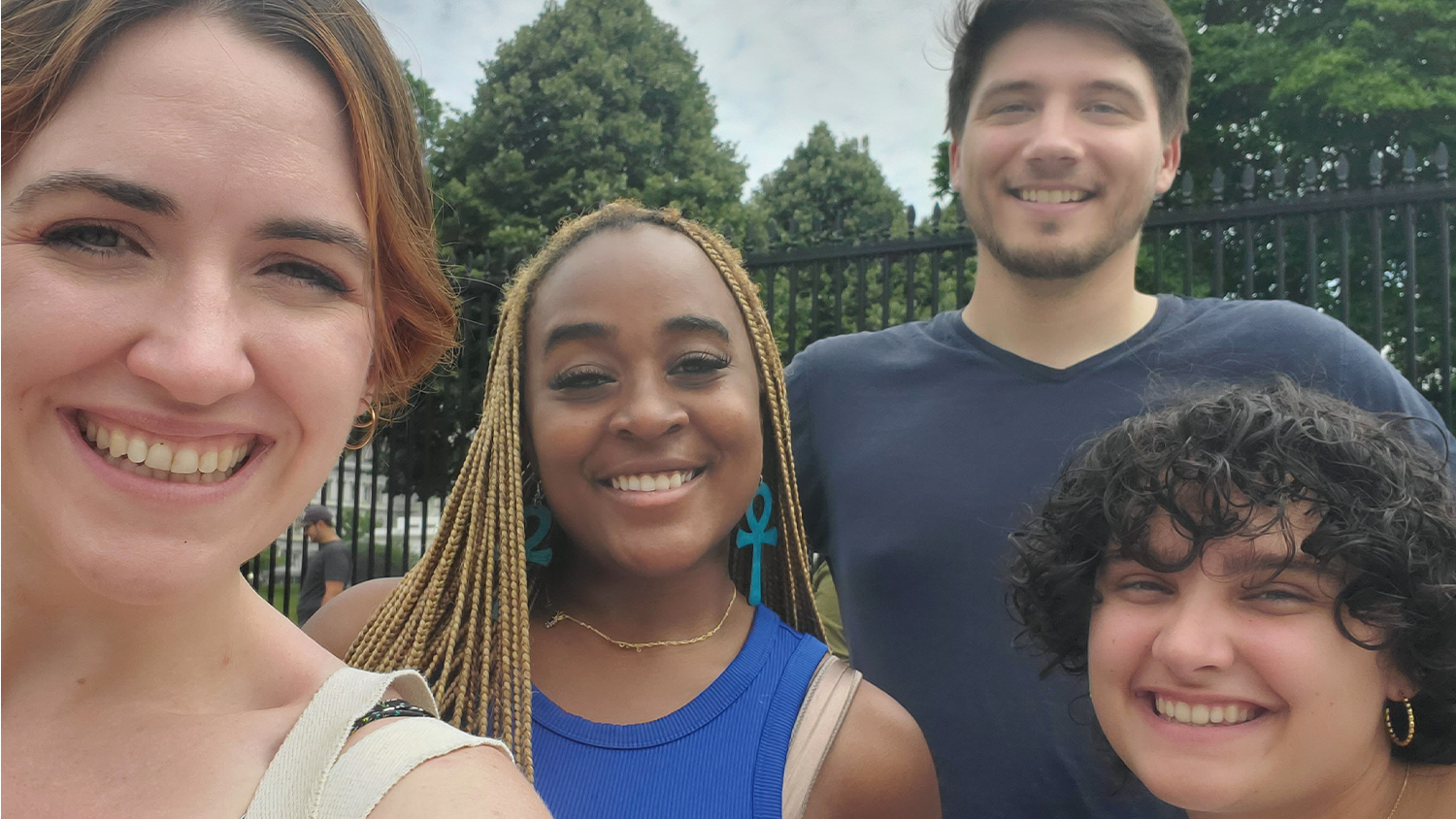Dean’s Scene: The Importance of Communicating Science

There are many skills that you should take away from Graduate School. For those of you in STEM fields (science, engineering, technology and math), learning to communicate your science to different audiences is critical. You may not believe that now, but consider the poor state of the public’s science understanding.
There was a time when those of us in the science disciplines could be certain that all we had to do to win public opinion was to share the facts of our scientific knowledge. The public valued knowledge that came from our universities, and scientists were generally trusted.
But today, many voices compete in the marketplace of public opinion. Anyone with a laptop, a video camera and a compelling message can share their views on scientific matters that may or may not be rooted in science or even in truth. In fact, today science doesn’t always have the upper hand in matters of critical importance to our country and our world – consider range of views on the issues of climate change and genetically modified foods.
At the Graduate School, and across NC State University, we value and support science communication. For the past two years, the Graduate School has sponsored the 3 Minute Thesis competition, where Ph.D. students share their research in just three minutes, with one PowerPoint slide. The challenge for the competitors is to describe their research problem, the essence of their research and anticipated results in three minutes. And their slides must help to communicate their work and their goals.
In June, the Graduate School hosted a day-long workshop where 20 students explored different ways to communicate their science. We discussed the importance of understanding your audience, for example, the difference between a general public audience or an audience of your scientific peers.
A general audience – one that doesn’t have all the scientific knowledge that you do — will need very different information from peers in your research field. You need to understand how to communicate your science to an intelligent lay audience – it’s not as easy as it sounds.
We also sponsor Triangle ComSciCon, a science communication effort that originated at Harvard University, now a regional workshop for graduate students in the Research Triangle Park. We also sponsor awards for graduate student and postdoctoral scholars in NC State’s research image contest, offered for the first time last summer.
As researchers, we often start explaining from the perspective of our own understanding, and sometimes the vast knowledge we have acquired in our field can be an obstacle to clearly communicating our research. It is challenging for many of us in scientific fields to dial it back to the thousand-foot view that we need to communicate with that general audience.
Scientific jargon can get in the way of communicating science. All fields have their own unique jargon, and when we communicate with our peers, they understand the jargon. But outside our sphere of knowledge, the jargon only confuses people — it excludes others from our circle of understanding. Look carefully at the jargon you use, and find terms that explain the principles you want to share. If you were explaining your work to a non-scientist relative, what would you say?
Think about why you got interested in your research area in the first place – maybe you wanted to save the environment or provide a safe source of drinking water for people around the world. How did you get from that “Big Idea” to the lab or the field in which you work now? What inspired you, and what does your research offer to address the world’s problems? Think about the “so what?” of what you do.
People love stories, and often they will remember a story about your research better than the theories, data and results. Think of a “hook” to catch their attention and reel them in.
You may have heard the expression, “people don’t care how much you know, until they know how much you care.” Share your passion for your work, and help your audience understand what it means to them – what challenges are you trying to address? How might your work improve lives?
Of course, there are many ways to communicate your science. A colorful microscopy image can look like a piece of art, but the story behind the image can capture the imagination of your audience, something we discovered through our Research Image Contest last summer.
Social media offer opportunities to share a nugget of scientific wisdom – from blogs, to Facebook posts to Instagram photos. Each media platform offers unique ways to share your science and connect to others in your field.
Whatever your passion, think of ways that you can share it with others. And make it a goal of your graduate education to become a skilled science communicator. The Graduate School offers workshops to help you hone your skills. We look forward to seeing you there.
– Dean Maureen Grasso
- Categories:


